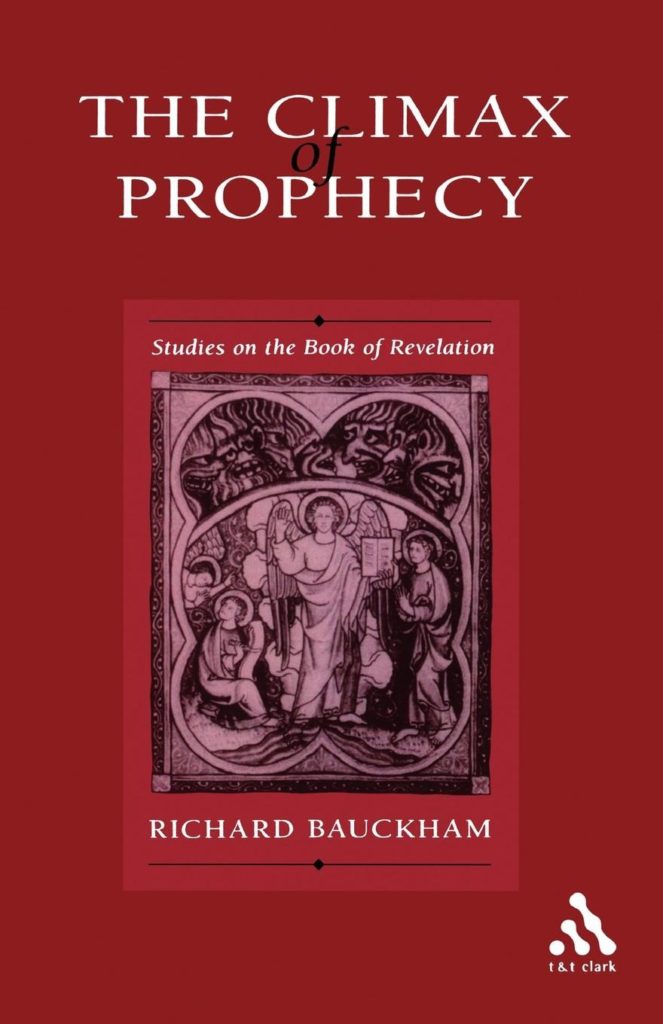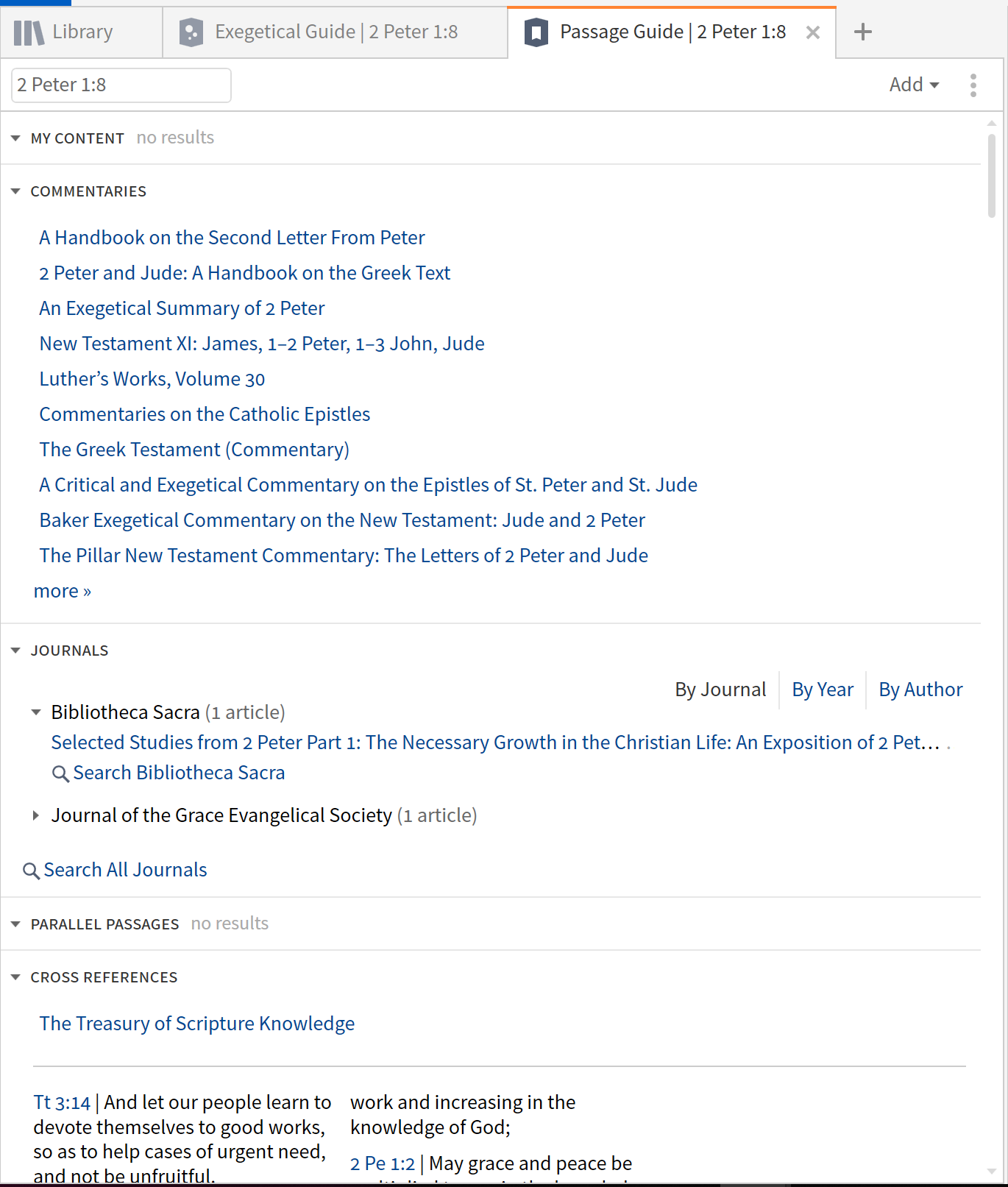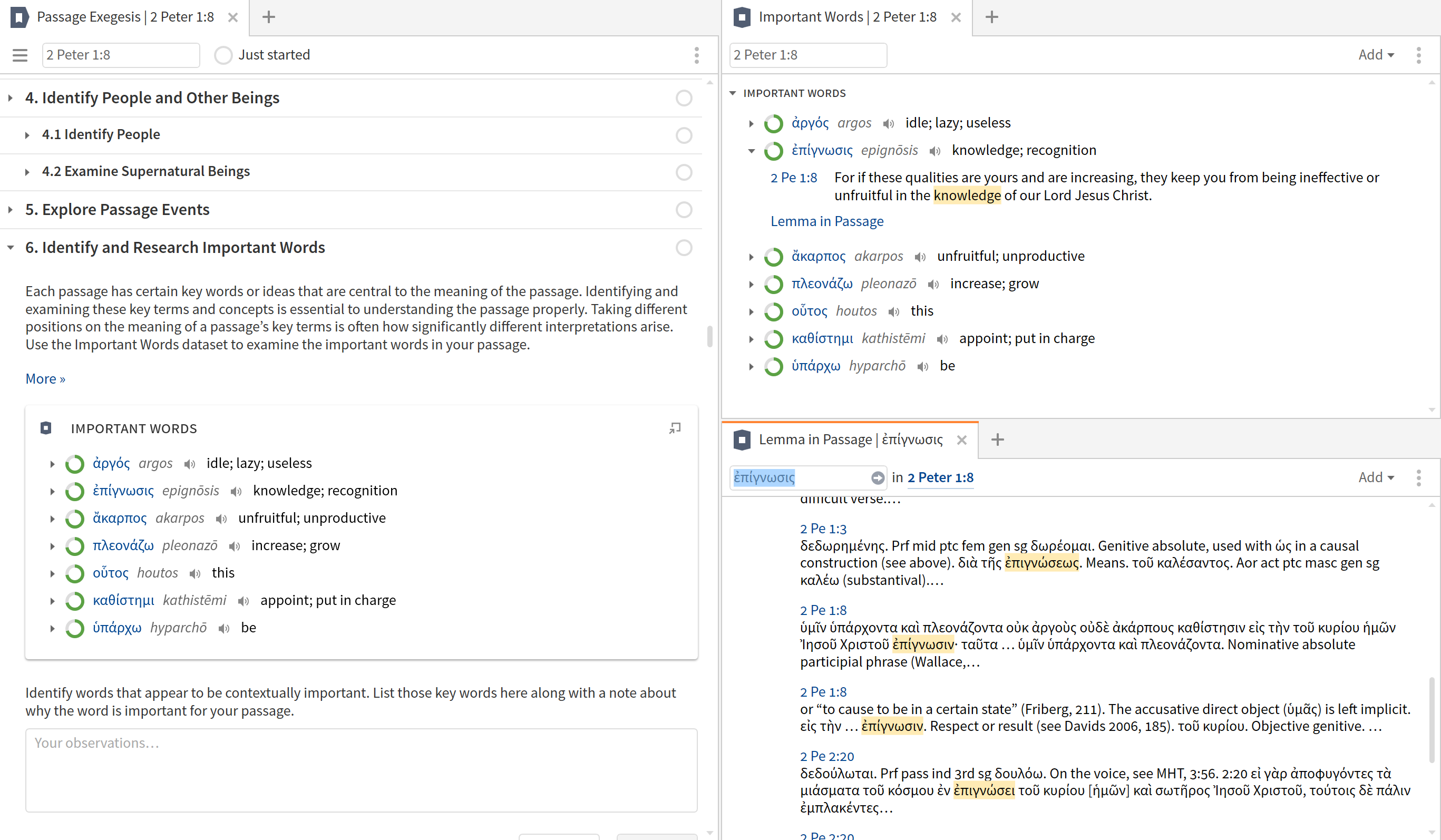Waymeyer, Matt. Amillennialism and the Age to Come: A Premillennial Critique of the Two-Age Model. Woodlands, TX: Kress, 2016.
Waymeyer observed that amillennialists, developing the work of Geerhardus Vos, have developed an argument for amillennialism based on the two-age model of eschatology. According to this argument, the two-age eschatology of Scripture does not permit an “intermediate kingdom” between this present age and the age to come. The imperfections of the proposed millennial age render it unfit to be part of the age to come. The return of Christ marks the transition from one age to another.
In Part 1 of this book Waymeyer argues that Psalm 72; Isaiah 2:1-33 || Micah 4:2-4; Isaiah 11; Isaiah 24-25; Isaiah 65; Zechariah 8:4-5; and Zechariah 14 predict of a time of Messianic rule in which the positive features of that rule sit alongside negative features that cannot be true of the consummated new creation. I find this argument compelling. When in seminary, I found Zechariah 14, not Revelation 20, the decisive passage in convincing me of premillennialism.
In Part 2, Waymeyer looks more particularly at two-age eschatology. At the beginning of this discussion quotes Vos to the effect that the two-age eschatology need not be incompatible with premillennialism: “According to Vos, the immediate succession of the two ages isn’t necessarily incompatible with the eschatology of premillennialists, for “under their scheme the millennium could in part be identified with the age to come as the beginning thereof” (kindle loc 2357-2359, citing Vos, Pauline Eschatology, p. 25). Again, I find this compelling. When I first came across the two-age argument in Kim Riddlebarger’s book on amillennialism I thought that a transition period from one age to another is not unreasonable since we have the same thing in the transition from the old covenant age to the new covenant age in the ministry of Christ. In addition, I have for other reasons been convinced that the Millennium should be conceived as the first stage of the new creation.
In the remainder of Part 2 Waymeyer engages convincingly with amillennialist exegesis on key texts that allegedly disprove the idea that the millennium could be an initial stage of the consummated kingdom.
Part 3 is focused on the arguments that surround Revelation 20. At this point the focus shifts away from the two-age argument and rehearses the standard amillennial and premillennial arguments.
This is a careful, well-argued book that makes a contribution to the debate by addressing the two-age argument for amillennialism and by summarizing the argumentation regarding Revelation 20. Though Waymeyer is a dispensationalist, is simply arguing for premillennialism here (most of the time) and draws on non-dispensationalists in presenting the arguments. He recognizes and documents the variety of premillennial positions on various exegetical points. He is willing to critique weak premillennial arguments and concede when an
Waymeyer, Matthew. Revelation 20 and the Millennial Debate. Woodlands, TX: Kress, 2004.
This is a brief defense of the premillennial position in outline form. It retains the form of a classroom syllabus since Weymeyer thought that facilitated clarity. I found most helpful chapter 3 on the timing of the binding of Satan (Rev. 20:1-3) and chapter 7, which defended the sequential (rather than recapitulatory) relationship of Revelation 19-20.









